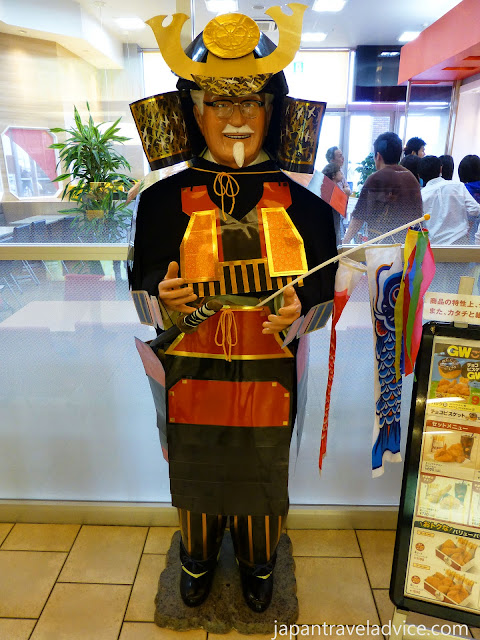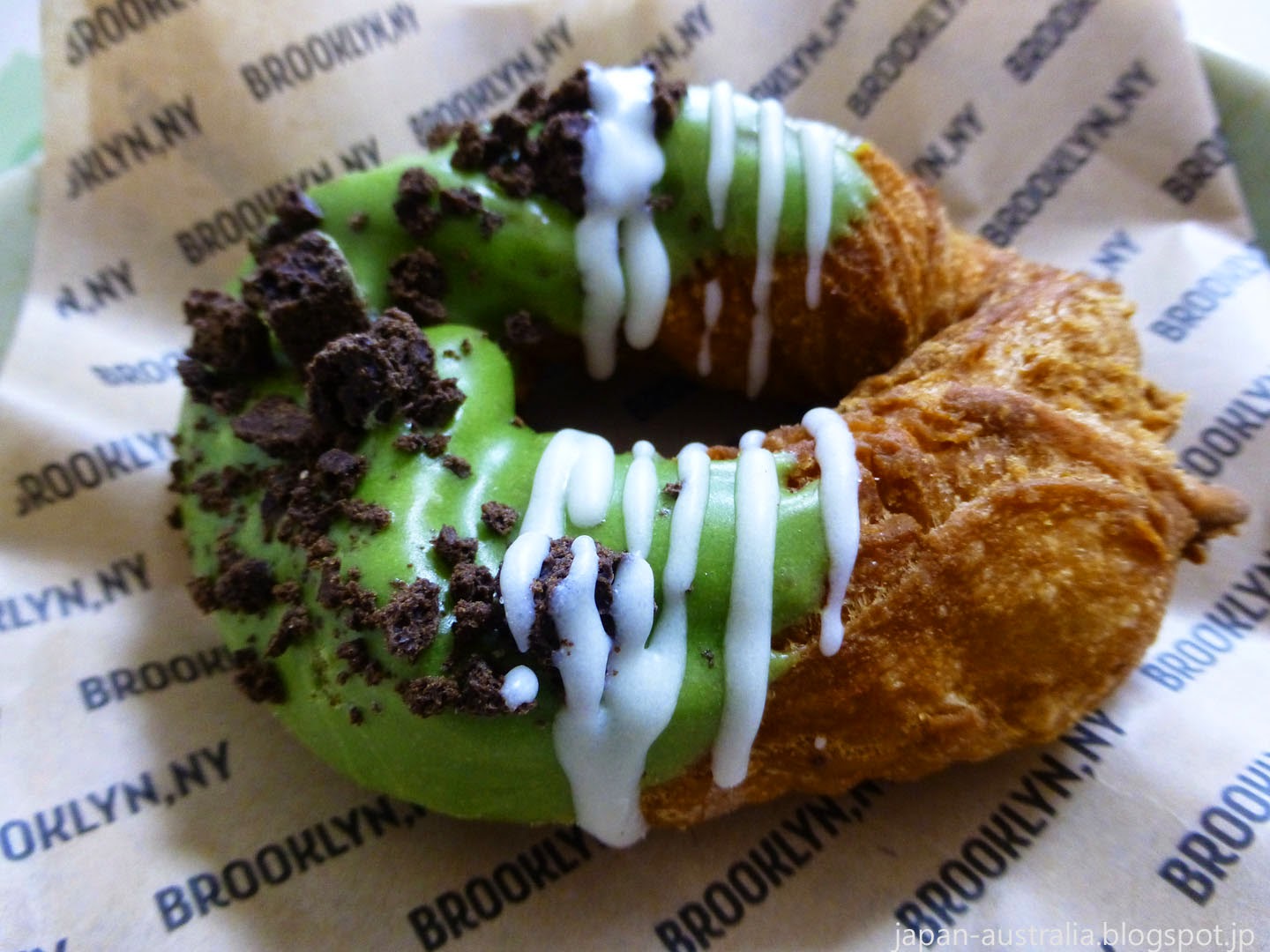The first national holiday of Golden Week is Showa no Hi on April 29, which honours the birthday of the former Showa Emperor. The second national holiday of Golden Week is Kenpou Kinenbi on May 3, which commemorates the promulgation of Japan’s constitution. The third holiday of Golden Week is Midori no Hi on May 4, which is dedicated to show appreciation to the environment and nature.
Children’s Day is a holiday for children in general, but is primarily for boys. The day is to celebrate boys, and it is a festival to pray for the healthy growth of boys. Girls have their own festival called Hina Matsuri on March 3.
The History of Kodomo no Hi
Children’s Day dates back to the Nara period of Japan when it was known as Tango no Sekku. It was then a day to celebrate perseverance, strength and well-being of boys.
Tango no Sekku was renamed Kodomo no Hi in 1948 after the post-war constitution took effect.
Koinobori
It is tradition for families with boys to hang up carp streamers called Koinobori outside their houses on flag poles around this holiday.
Traditionally, at the top of the pole is a large black carp known as magoi which represents the father. Below that, a red carp known as higoi which represents the mother, followed by a blue carp representing the first son. Additional carp are added for each subsequent son.
Carp in Japan are believed to symbolize strength and successes in children’s lives, and by displaying koinobori it is hoped that they will bring the boys of the family future success and luck.
Gogatsu Ningyo
Samurai dolls called Gogatsu Ningyo are also displayed in homes. These samurai dolls symbolize strength, power and success, all traits of Japanese samurai warriors.
Some families also display samurai helmets called Kabuto or Samurai Armour all believed to represent courage and honour.
 |
| Kabuto for Kodomo no Hi |
Special Food
A popular food eaten during Children’s Day is Kashiwa Mochi, which is mochi wrapped in an oak leaf. The oak leaf represents prosperity and good fortune because the oak tree does not shed its old leaves until new ones have grown.
 |
| Kashiwa Mochi |
 |
| Colonel Sanders Dressed for Kodomo no Hi in Japan |



























